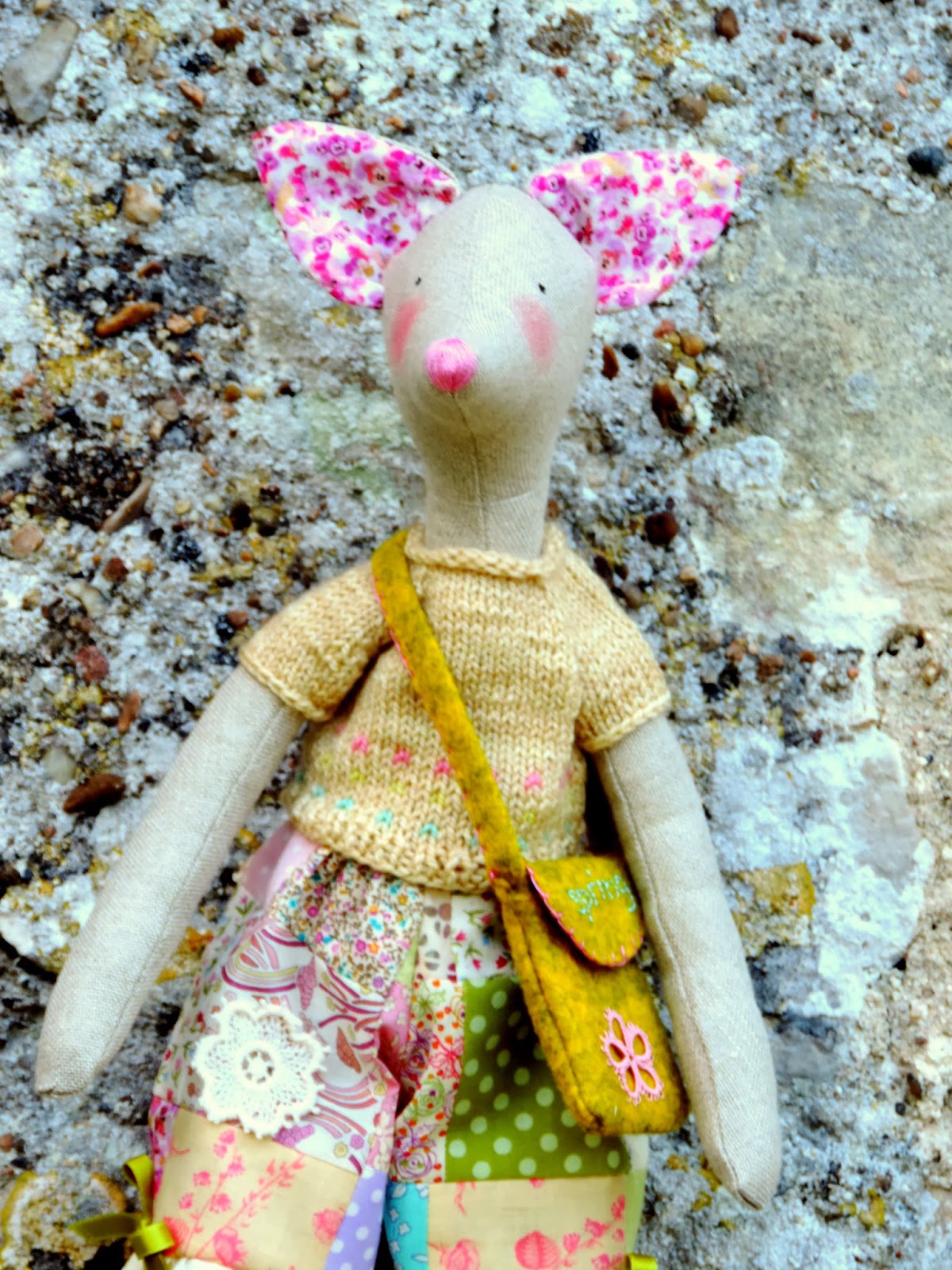Dear readers,
How may I thank all you kind souls who left sweet comments both here and on Ravelry concerning Tristan's winter pullover? He was truly touched and most grateful and a little bit proud too which is a good thing as he can be quite self-effacing. I read every word to him and watched him blush and glow. A sight to behold.
Despite the unseasonally clement weather January has brought this year spring is not quite ready to limber up. Timid bunches of naked green, which usually herald my favourite flower, the snowdrop, have not made their appearance yet. However a couple of birds shared their demure song at dawn this morning and I felt most hopeful. It was enough to fortify my heart after a mostly grey and damp week. On Sunday I visited my favourite florist in the old part of Tours, after an enjoyable morning drinking coffee with new friends, and purchased a portly bunch of palest pink and white hyacinths to celebrate Angélique's fourth birthday on Monday. It's a little tradition of ours. Don't you think they set off this hat of mine well? Rosewater is a delightful (and addictive) pattern which has been inspired by the famous Scottish architect and artist, Charles Rennie Mackintosh and his rose designs. Rosewater, stylised roses, Madelinetosh DK yarn in the Molly Ringwald colourway - think of the 1980s film Pretty In Pink - all comprise delightful ingredients in my book!
My Ravelry notes may be found here.
I often turn fondly to the copperplate engraving above when I need a little springtime inspiration and a splash of delicate colour. I first came across it in the rare manuscripts department of La Bibliothèque nationale in Paris during my research on Baroque gardens and parterre designs a few years ago. It is the frontispiece from Crispijn van de Passe junior's masterpiece Hortus Floridus first published in 1614; a Florilegium conceived against the backdrop of the Tulipomania which raged first across Holland and then spread swiftly to Europe until it died a violent death in 1637 due to its self-inflicted economic crisis. Bulbous and tuberous plants were highly fashionable and the first part of this book, The Spring Garden, contains an exquisite collection of spring flowers many of which had been introduced to Europe towards the close if the sixteenth and during the early years of the seventeenth century. Tulips, hyacinths, auriculas and crown imperials were rarities and treasured as though they were jewels at the time. Equally prized at the time was French garden design and a few detailed engravings mark the beginning of each season in the book.
Hortus Floridus had a very complex genesis. Each publication was unique as the production of the book was a continuous process with newly discovered plants being introduced from time to time. It appeared in four languages: Latin, French, English and Dutch. And most surprisingly the pictures, such as the frontispiece above, were to be coloured in by the owner:
"Hereby added the way in which the flowers according to their own colours should be painted or illuminated to the service of all curious lovers of flowers."
There is, if you are interested, a beautiful reproduction of an early twentieth-century edition which is available for purchase at a very affordable price here.
And the pictures above? Well, the long-limbed creature is a doe who goes by the name of The Spring Gatherer. She was my first creation this January and heralds the first throws of spring together with my newly acquired passion for patchwork which you can also see in its rudimentary glory in the doll's quilt I stitched for Angélique's fourth birthday gift - proficient patchworkers please avert your gaze! I had so much pleasure making it; it's a flowerbed of sorts with a tiny embroidered mouse with armfuls of blooms - can you see it? I mixed vintage French fabrics with scraps of Liberty but the BEST thing about this quilt is the handful of pink tatted lace flowers I have sown (yes, 'sown' not 'sewn'). They are the work of a remarkable Australian lady, Robyn, who gifted me the most exquisite lace I have ever clapped eyes on. I will be taking more pictures of these beauties very soon to share with you. Can you see one on The Spring Gather's bag? When I look at Robyn's tatting I am lost for words at the perfection of those flowers and butterflies. Can you believe she made them on a train journey to Prague and then Paris?
The weather may have been overcast but the week has been full of treasures.
I wish you all many happy moments over the next few days.
A bientôt,
Stéphanie



































